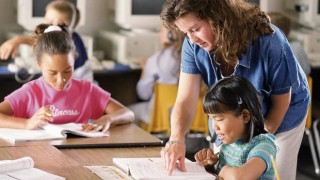Tanya Roscoria, writing for The Centre for Digital Education, explains the “maker” that is now a global phenomenon and that in schools, it was a natural progression from children working with playdough and blocks to start making things with 3D printers. The difference is that now students can make things that are practical, but that this is happening more at the elementary level than high school. Proponents of maker education say that we no longer have cars that most people can work on, nor are tablets or smartphones objects that are readily taken apart and fixed. So, working as a grassroots—bottom-up, rather than top-down—teachers and students decide what making things will look like. The phenomenon now involves summer camps and massive public events. Around Christmas, 2013, even the US White House got in on the action, challenging students to make tree ornaments.

